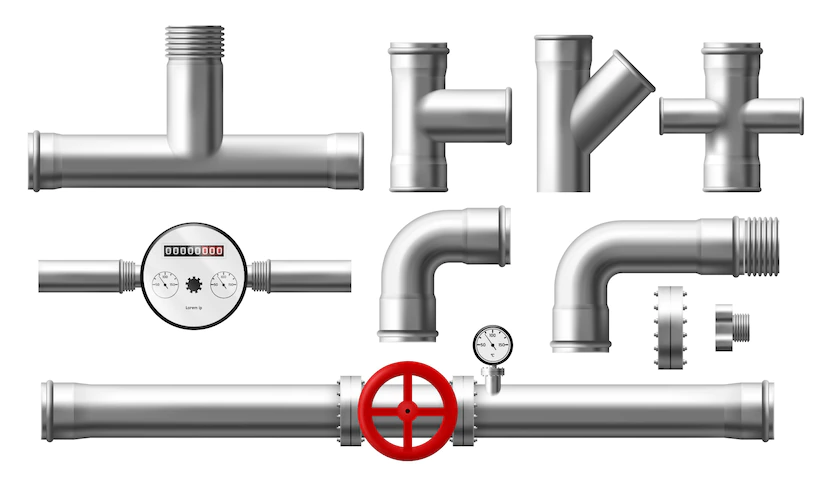In the last decade, The fastest-growing type of electronic pressure control device is the servo valve design. This uses a high-speed servo or two solenoid valves to increase or decrease gas pressure as needed to maintain pressure. These Electronic Pressure Regulators offer higher pressure and greater flexibility and durability than previous technologies, often marketed as pneumatic transducers.
Previous heavy industries and mechanics were used to work with manual devices to control the high pressure of the machines which took much time and effort to accomplish the work. In the digital era, the innovation of electronic pressure regulators provides ease for industrialists. Manufactures can efficiently and effectively make the work done with the help of these mechanical devices. The digital devices just like digital pressure controllers indicate the exact reading of the inlet and outlet the pressure in digits form which is again easy for the industrials to watch and analyze for interpretation.
Other Names of Electronic Pressure Controller:
These devices are also known by other various names, and it includes:
- Electronic pressure regulator
- Electronic air pressure regulator
- Electronic pressure transducer
- Electric-pneumatic transducer
How Does the Electronic Pressure Regulator Work?
The Electronic Servo Pressure Regulator (EPR) works through a push valve and a vent valve to maintain outlet pressure at the desired set point. A small internal pressure sensor monitors the output voltage. And the digital or analogue controller adjusts the timing of the servo valve to maintain the set value.
These EPRs generally require a DC power supply and a configuration signal. Analogue controllers generally accept a current (4-20mA) or voltage input. (typically 0-10 or 0-5 VDC) Models with digital circuitry can accept serial communication (such as RS-232 or DeviceNet) and conventional analogue standards. Most models also have a feedback signal to report pressure sensor values of electronic pressure regulators.
There are several important parameters for the successful application of electronic pneumatic regulator. The orifices of these valves come in various sizes and must be matched to the required flow rate. The volume of the gas cavity can affect the valve setting. For some models, Gas volumes less than approximately 1 liter may cause problems such as frequent and unnecessary “buzzing” or valve operation. Some models have a small purge valve. (releases a small amount of gas into the atmosphere) for shallow flow or no flow applications.
Solenoid valves are rated for a life of 25 to 150 million cycles. These EPR servos allow for a significantly higher output voltage than previous pressure transducers. Most manufacturers have a maximum outlet pressure of 600 to 1000 psig / 41 to 68.9 bar(g).
Two Bands of an Electronic Pressure Regulator:
An option available for most EPRs is 2-loop control using an external feedback signal. This approach is helpful in cases where pressure needs to be maintained at locations far from the EPR position or if the customer has a higher quality pressure transmitter than the one provided at the EPR.
This digital pressure regulator often refers to the internal pressure sensor to control valve timing. Instead, it outputs the internal voltage signal to match the command (setpoint) signal’s external feedback signal.
In the schematic on the right, An external pressure transmitter is directly connected to the process and returns the result to the electronic pressure regulators.
Interestingly, these devices can be used to control phenomena other than pressure. For example, the movement of a linear air cylinder can be controlled by sending a linear displacement feedback signal to the EPR. The electric air pressure regulator adjusts the outlet pressure to match the spread response signal with the set point signal.

